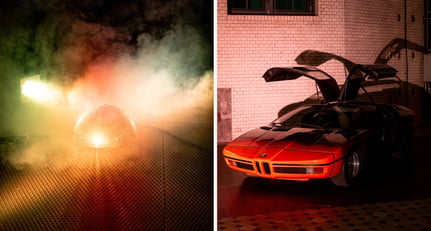
Even in Berlin, where every street corner seems to be steeped in history, the old industrial building known as the E-Werk is a landmark that retells the city’s history of transformation like no other. Built between 1924 and 1928 according to plans by the influential architect Hans Heinrich Müller, the Umspannwerk Buchhändlerhof – as the expressionist brick building was known during that era – supplied the metropolis' fast-growing need for electricity, illuminating the street lights along Unter den Linden boulevard and powering the rapidly expanding S-Bahn network. After the Second World War, the badly damadged substation near ‘Checkpoint Charlie’ was restored and run as Kraftwerk Mauerstraße under Soviet command, until it was abandoned in the 1980s.
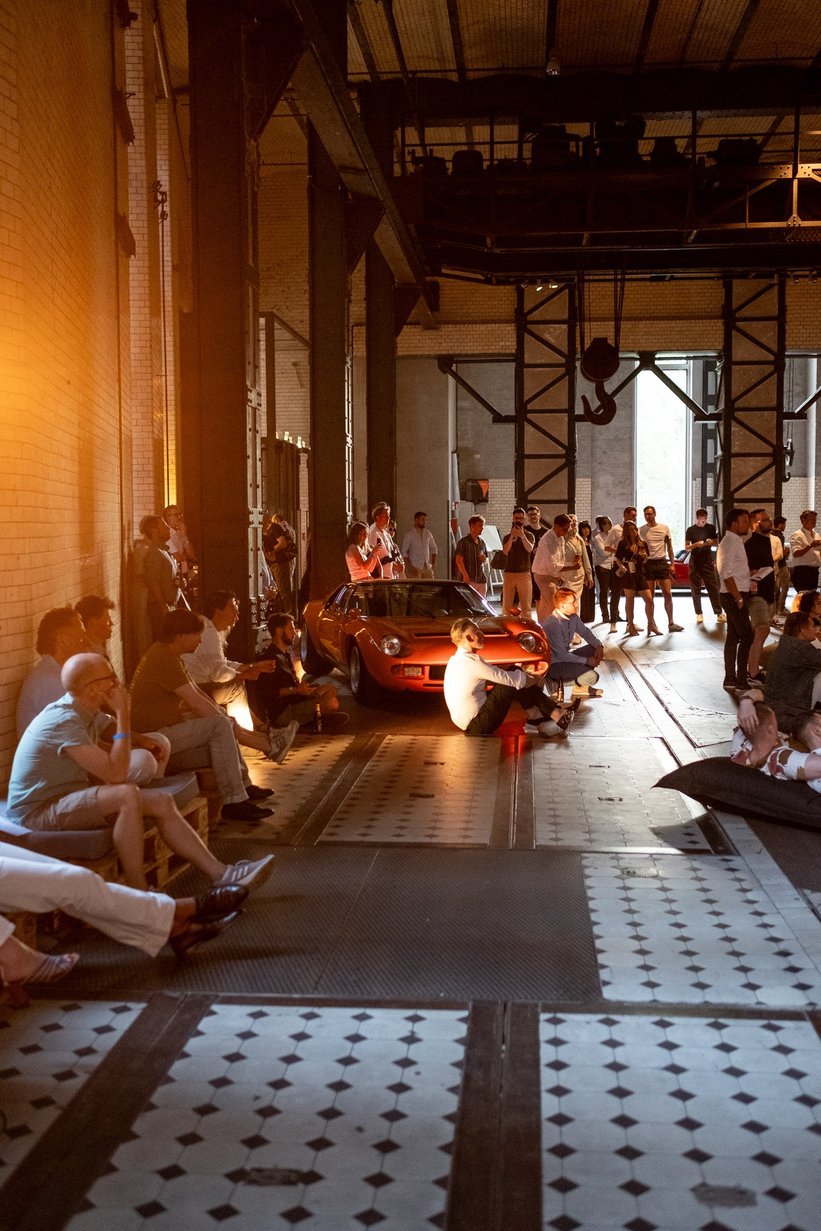
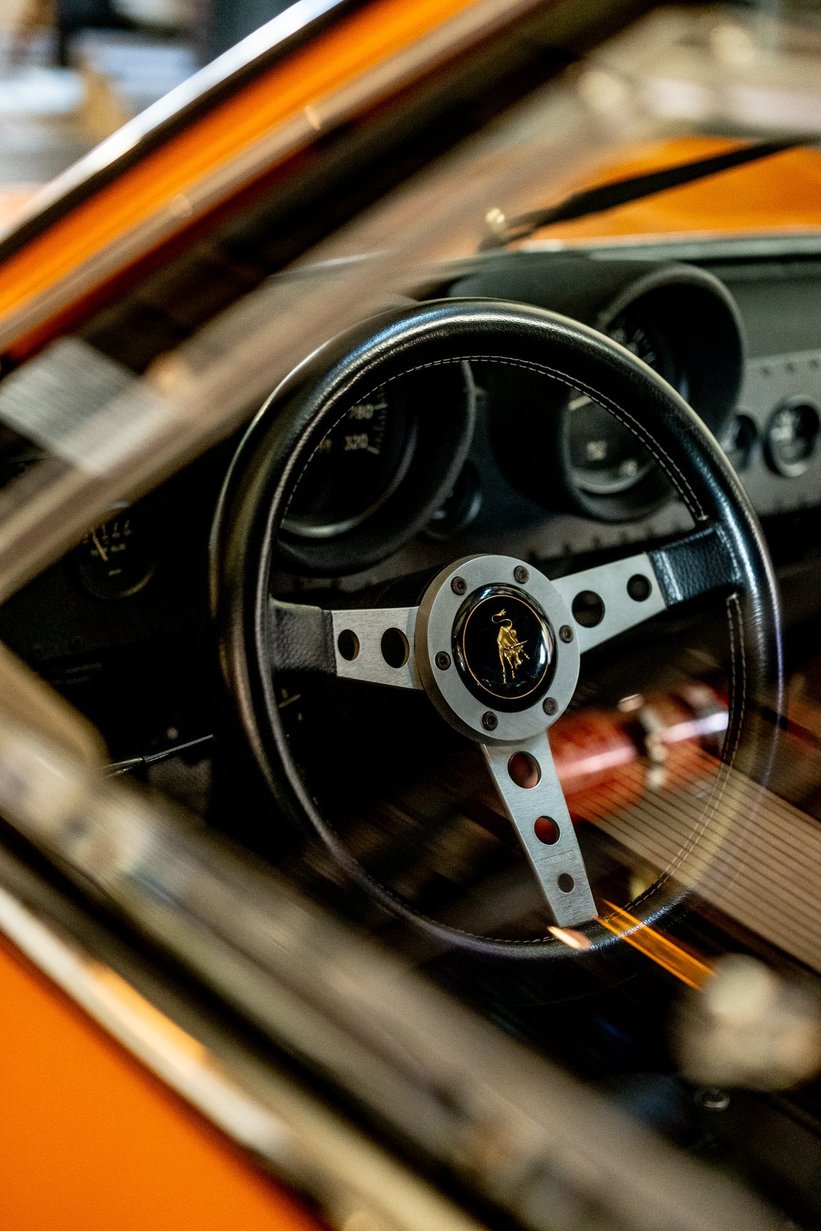
After the Fall of the Berlin Wall, the emerging techno subculture appropriated many of the city’s abandoned industrial buildings for celebrating parties and, naturally, the church-like halls of the electrical substation were predestined for worshipping the new ‘rave gods’, like DJ Westbam and Paul van Dyk. In 1992, a permanent techno club named ‘E-Werk’ opened its doors to the lucky few who were granted entry, soon to be known as hot stop for the electronic music scene – a Studio 54 for the rave generation. But the transformation of the city proceeded at an unrelenting pace, free urban spaces had to make room for real estate projects, and in 1997 the lights went off at ‘E-Werk’ for the very last time. After two decades as an event venue, the heritage site is to write its next chapter – and return to its industrial roots as Bugatti Rimac are about to move into the holy halls of electrification and electronic music with their design studio, developing hypercars for the future.
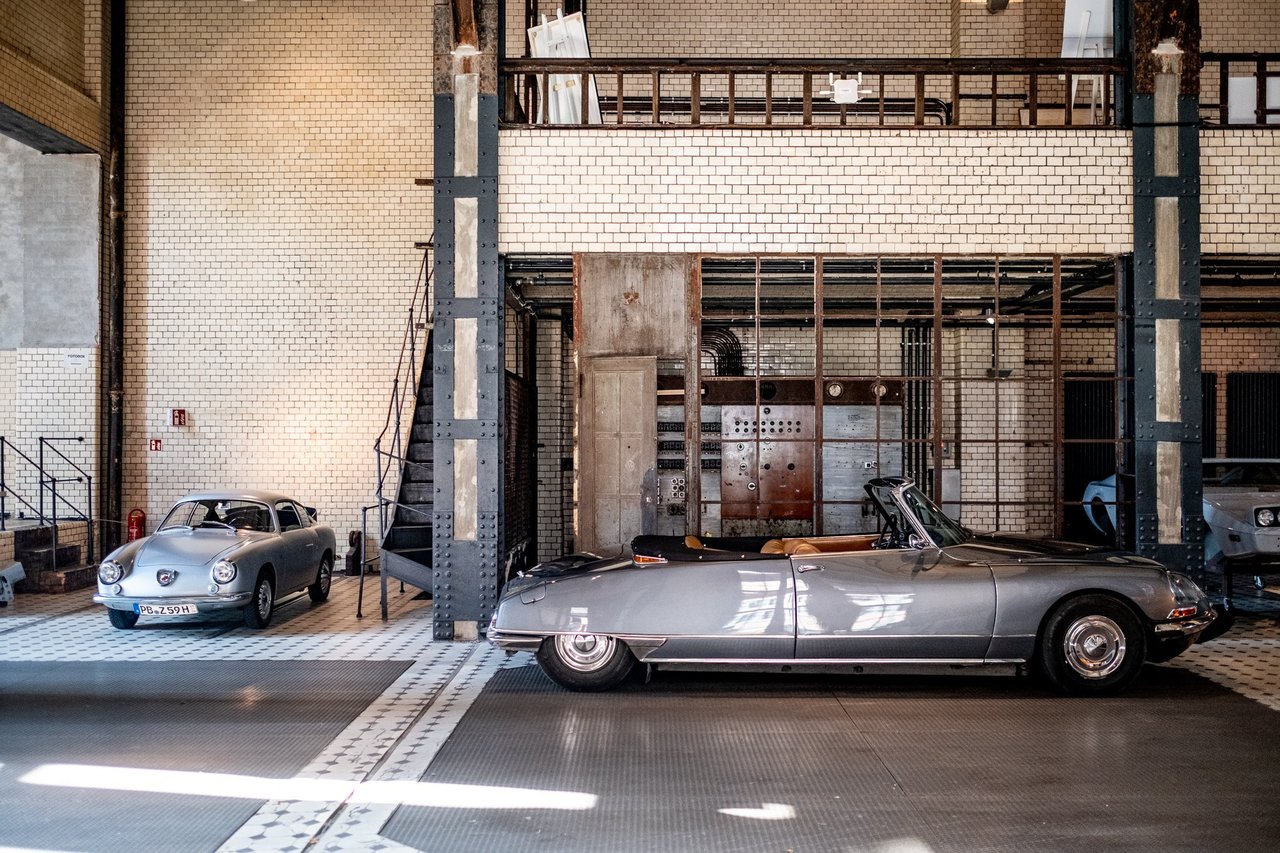

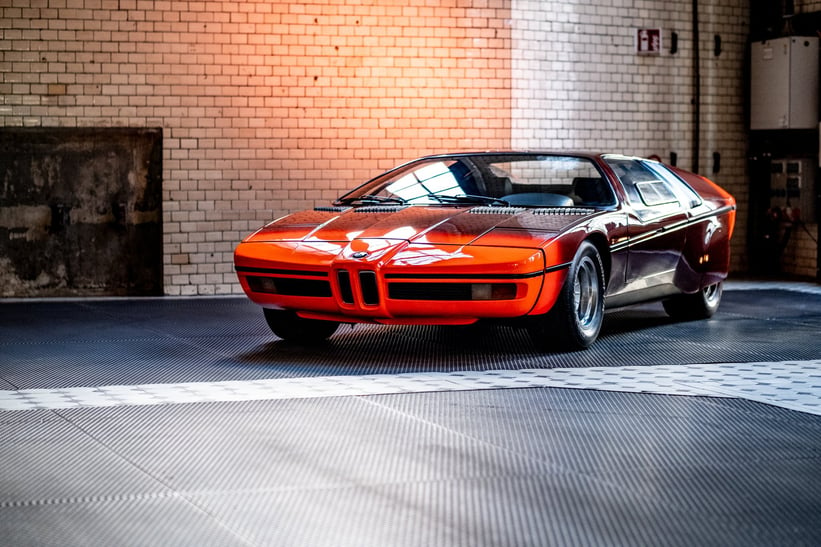
Before the start of the renovation works, Bugatti’s Design Director Achim Anscheidt and Chief Exterior Designer Jan Schmid kindly granted our friend Dirk Rumpff of Flitzer and us the chance to take over the iconic building for one special night. At least some of us have spent some memorable (but hard to remember) nights on the dancefloor in the Mid-1990s, so the opportunity to return to the location with an exhibition of avant-garde cars was simply too good to pass up. So we quickly came up with the working title ‘Gran Futurismo’, curated a casual conversation program about the past, present and future of the automobile and started asking our friends to open their garages and lend us their most futuristic classics.

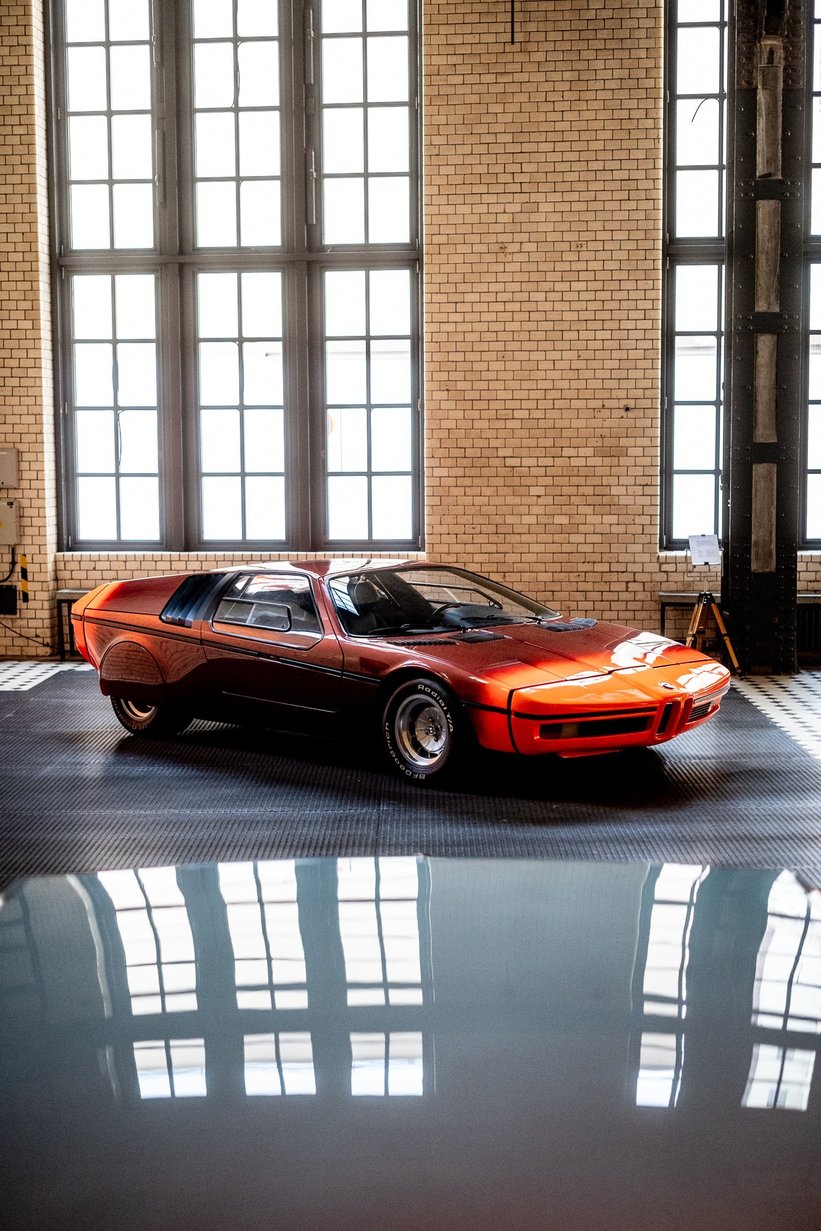
We only had a few weeks, but the Flitzer community supported the idea of the event from the very beginning, and on Saturday evening – when the music started playing and our friends started to arrive – the vast main hall of the E-Werk was lined with some of the most innovative, futuristic and simply outlandish sportscars of their time. BMW Classic had beamed the otherworldly BMW Turbo concept up to Berlin for ‘Gran Futurismo’ and the gull-winged, flame-coloured wedged wonder – designed by Paul Bracq as a celebration for the 1972 Summer Olympics – was certainly the most otherworldly car of the night. If the car had made an appearance 30 years earlier, the dancers would certainly have blamed their party pills for this unreal vision.

Right next to the BMW stood two iconic sportscars designed by Marcello Gandini for Bertone in the same era: a pale blue Lamborghini Espada and a wonderful Maserati Khamsin that was recently awarded ‘Best of Show’ at the Khamsin 50th anniversary tour. Another highlight was certainly the orange Lamborghini Miura that had been converted to ‘Jota’ specifications by its Japanese owners.


Furthermore, there was an impressive Bizzarrini 5300 GT alongside a display of original drawings, a lightweight Abarth 750 Sestriere that looked even tinier in the massive space, and a highly elegant Citroën DS Décapotable. Meanwhile, Thomas Marecki of Lodown Magazine allowed a glimpse into a possible future of classic cars with his electrified Lotus Esprit restomod.


The conversation program started with an introduction by Clemens Kahlcke alias DJ Clé of Märtini Brös – a resident DJ at E-Werk in the 1990s – shared wonderful memories and anecdotes about how the friends had discovered the deserted building, how they had cleared it of the mess inside and how he took over the turntables at the opening night while the crowds ecstatically danced to the beat. Once Clé had set the scene, Dr. Stephan Sigrist of The W.I.R.E. in Zurich took over the stage for an insightful and entertaining keynote about seeking a truly smart 21st century mobility beyond hype and ideology – or why embracing tradition is the key to transforming transport. We will report on Stephan’s work and conclusions in more detail soon.
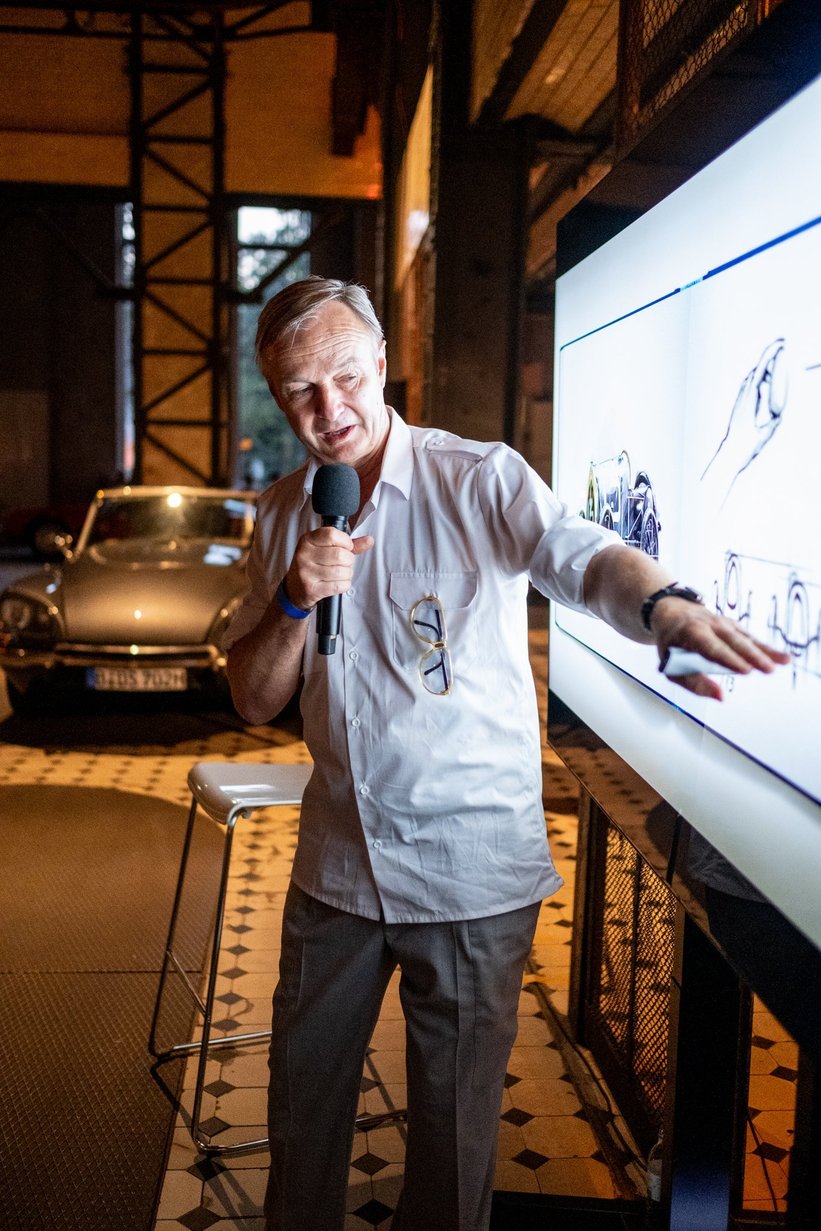
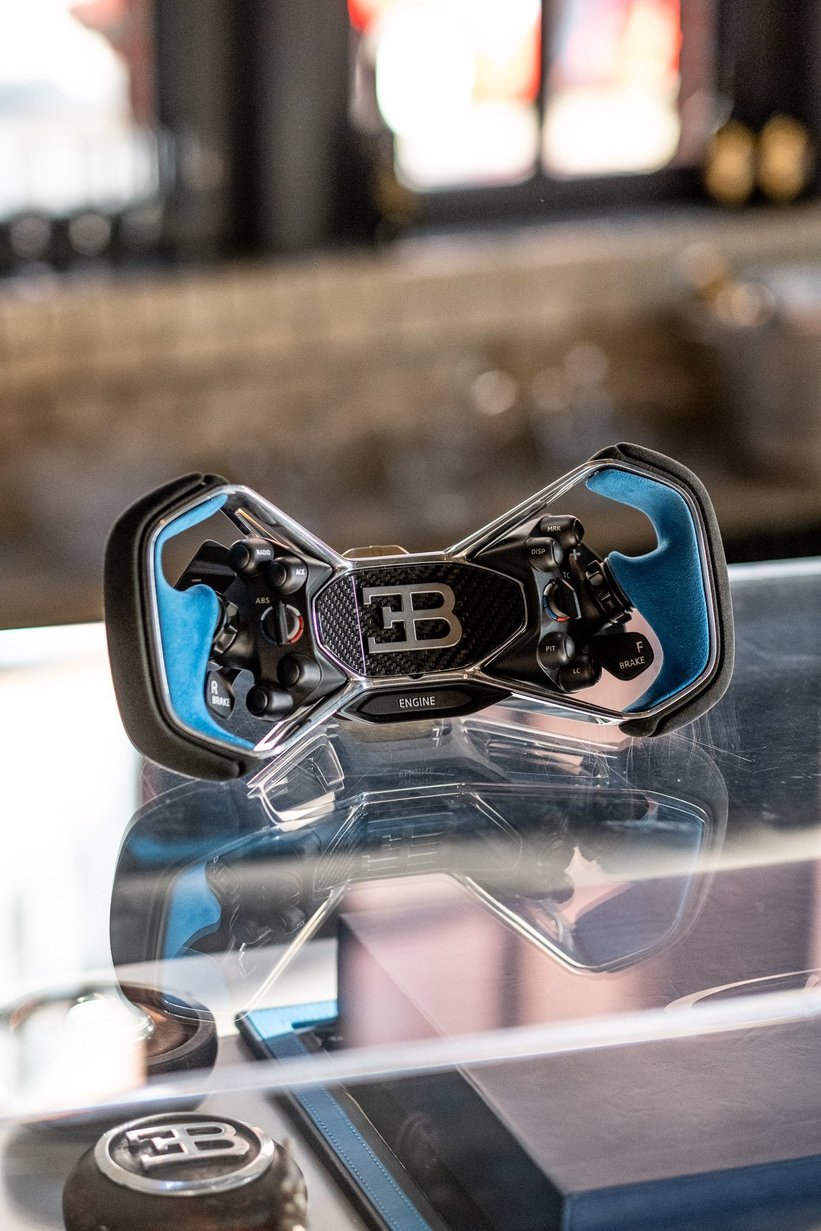
Right after, Achim Anscheidt took over the microphone and embarked on a journey through the history of Bugatti from the very beginnings until this day. In a few months, Bugatti Rimac will move into the building with their design studio, writing the next chapter in the history of electrification that started in this landmark building 100 years ago. The audience listened eagerly as Achim teased some of the projects that the team will be working on, but that unfortunately cannot be shared here just yet.
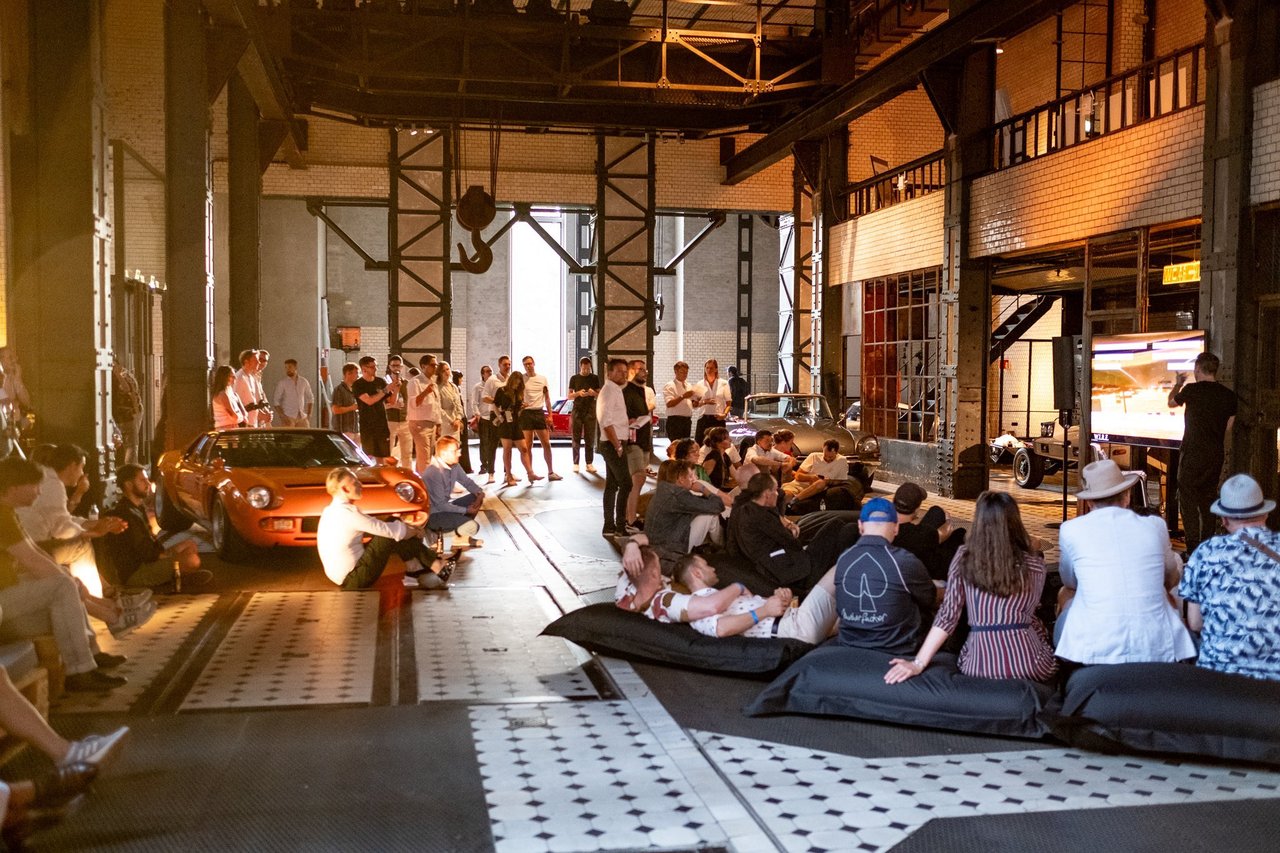
As the music slowly faded and the last guests drove off into the night, we stood in the center of the main hall once more, surrounded by the spirits of history, and filled with excitement for things to come. Thank you to Jan Filip Schmid, Achim Anscheidt, Dr. Stephan Sigrist, Clemens Kahlcke, Dirk Rumpff and the whole Flitzer crew as well as BMW Classic for this night to remember. Just like every Monday after a great night out at E-Werk, we're already thinking, "We should do this again!"
Photos: Błażej Żuławski
